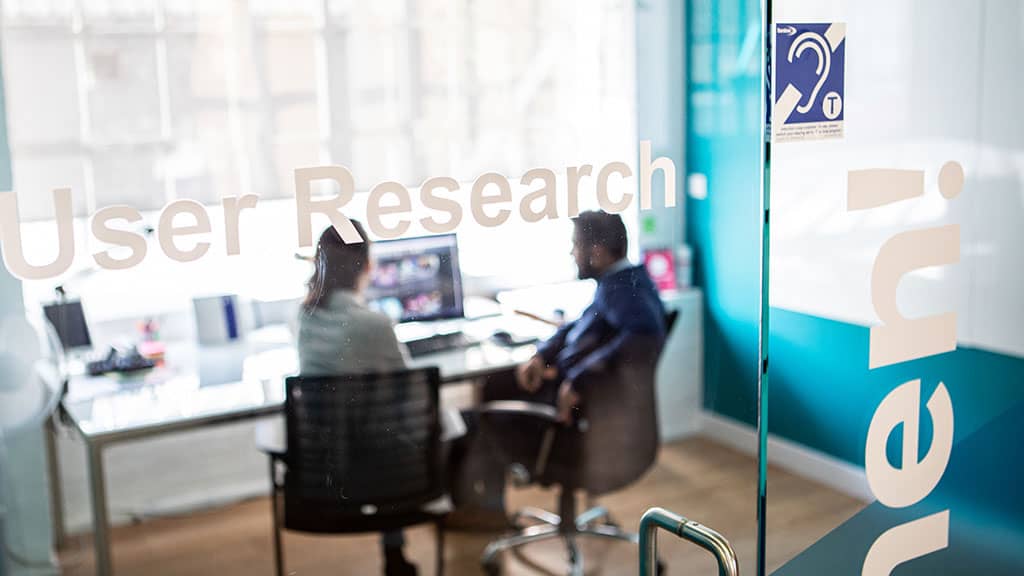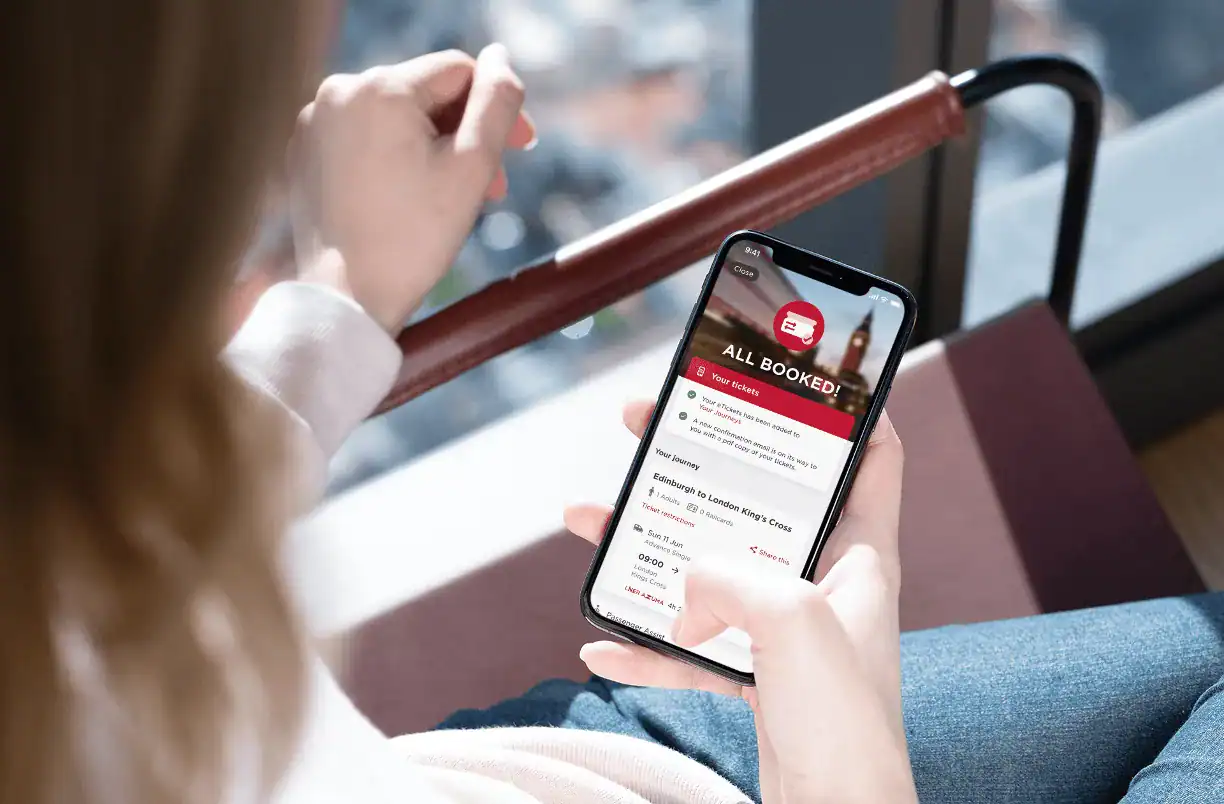
As user-centred design has become the accepted way to create digital products and services, so the importance of moderated user testing has grown. But while the technique has been around for many years, there’s still a significant number of organisations for whom it’s relatively new.
So what exactly is moderated user testing, what is its purpose, and most importantly, how do you do it well?
What is moderated user testing, and why do it?
User testing is the process of putting a prototype in front of a user to get feedback on it. The prototype can be anything from an early paper sketch, through to a fully developed system.
The aim is to elicit honest feedback on how well the prototype helps that individual achieve their goals. You then use this feedback to improve the design.
How to get more value from your user testing sessions
Whether you’re new to moderated user testing, or are an experienced practitioner, there are techniques you can employ to maximise the value you get from your sessions.
1. Avoid testing your own designs
You want your testing to elicit honest feedback. To support this aim, the person who designed the prototype should not moderate the testing. This is important for two reasons.
Firstly, if the tester believes the moderator created the prototype, there’s a risk they say what they think the moderator wants to hear, rather than giving their honest opinion. By ensuring the moderator isn’t the designer, they can present the prototype as someone else’s work from the outset.
Secondly, an independent moderator has no emotional attachment to the designs, which helps ensure questions are selected and phrased so as not to bias the results in any way.
2. Put your tester at ease
To get your tester talking openly and honestly, you need to put them at ease before you begin the session.
Start by making or buying them a hot drink – or if it’s a remote session, encourage them to make one. Have one yourself too, and ensure it’s in view of your camera if you’re remote. Then start off by asking a few questions about the individual, and letting them know a bit about you.
When you move on to the actual testing, stress that it’s the prototype being tested, rather than them, and that there are no incorrect answers to any of the questions. This is important, since testers, particularly those with lower levels of digital literacy, may be fearful of doing or saying the wrong thing. Reassuring them in this way can boost their confidence and get them talking more openly.
3. Cherish silence
Many people find silence uncomfortable, so will provide additional feedback to fill the gap. Moreover, staying quiet can encourage the tester to think in greater depth about the experience, and subsequently follow up with more-considered insights.
4. Resist the urge to help
It’s human nature to want to help others, but you want the tester’s insights, not yours. If your tester is struggling to find a word to describe something, resist the temptation to finish their sentence.
Equally, your tester may ask a question such as: “Is this the correct place to click?” If they do, ensure your answer doesn’t lead them in any way. Instead, ask what they would expect to happen if they clicked there, and remind them to go ahead as they would if they were going through the process on their own.
5. Run the session in the user’s own environment
Testing at a desk in a laboratory is a useful way to garner insights from users. However, it won’t show up every issue, since it isn’t the context in which the product will be used.
This is why it’s valuable to test with people in the surroundings where they’ll actually be using the product. As well as making the tester behave more naturally than they might do in a lab, you’ll see what external factors could influence their use of the product.
6. Involve your key stakeholders in the testing
Our final suggestion is in some ways the most important. As we touched on earlier, the aim of user testing is to identify where and how a product design needs to evolve. Actually implementing those changes may require buy-in from a variety of stakeholders, all with their own agenda. There’s no better way to convince them a change is needed than by witnessing real users running into a problem.
A potential customer saying “I can’t find the ‘Buy’ button, so I’d give up and make the purchase elsewhere,” is far more powerful than simply writing a user testing report stating that testers couldn’t find the ‘Buy’ button.
Supporting strategic success
User testing plays an important role in helping the product or service you’re creating achieve its immediate aims. These, of course, will contribute towards your organisation’s wider goals. And this is why good user testing of an individual product is strategically so important, since it has the power to accelerate your journey towards the bigger-picture vision.
It’s for these reasons that we place such emphasis on getting maximum value from user testing. We hope these techniques help you do the same.


